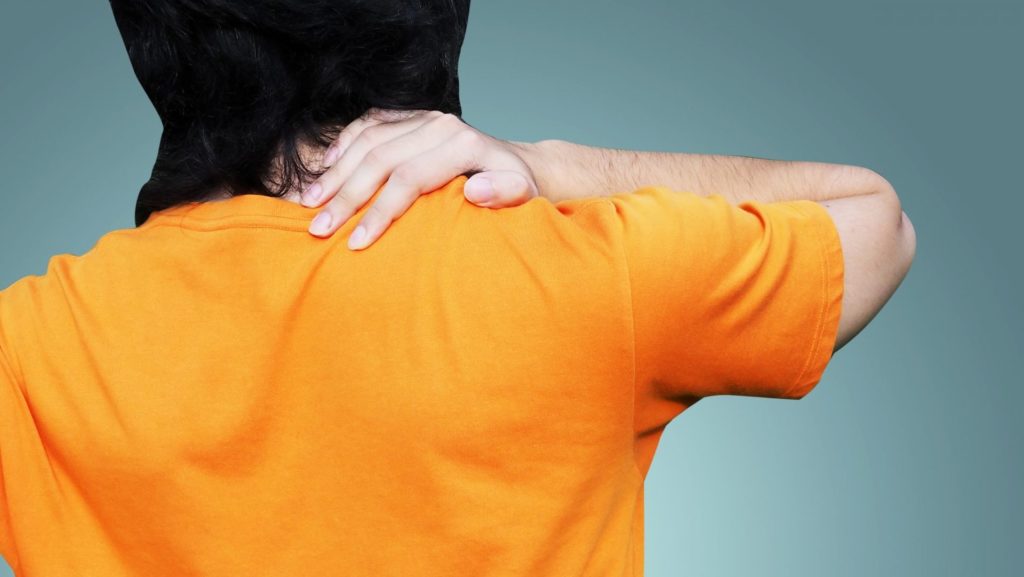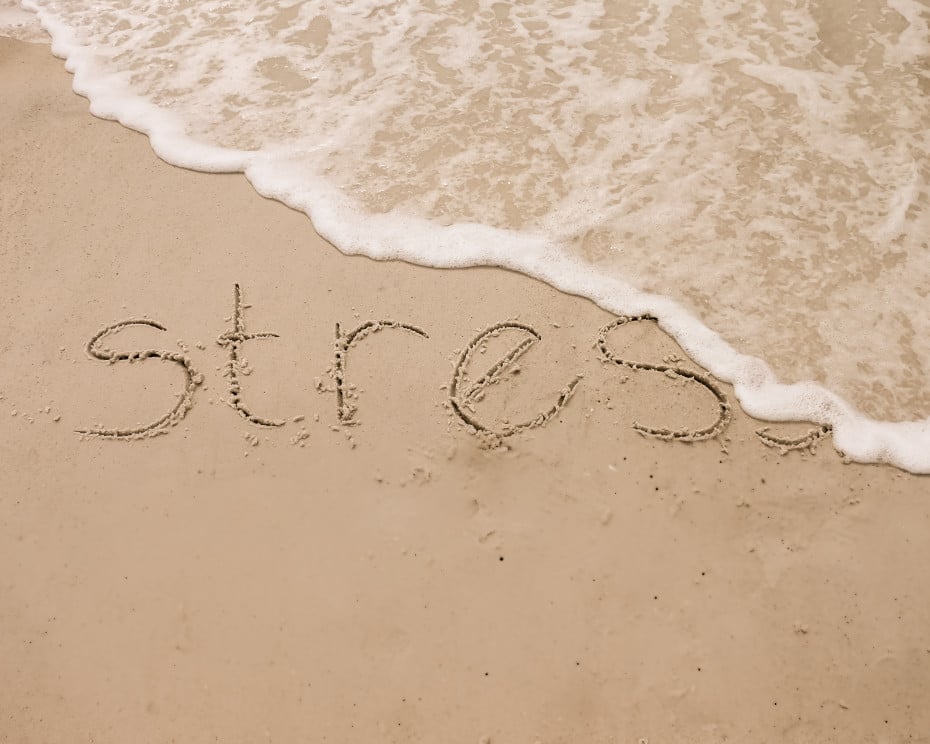How Effective is CBD for Headaches?
A tension headache is the most common form, experienced by 70-90% of people at some time in their life. It’s associated with muscular pain in the head, neck, and shoulders and may cause tightness or pressure on the forehead or sides of the head.
Tension headaches can be triggered by stress or sometimes smoke. Those who overuse of pain medicines or are going through withdrawal from these drugs can suffer from daily headaches. They can also be brought on due to low serotonin levels in the brain.
Migraine headaches cause moderate to severe pain. They may last up to 24 hours or longer and can be debilitating. The pain is often intense throbbing in specific areas, accompanied by nausea, vomiting, dizziness, and sensitivity to light or sound. Some people also experience chronic migraines that last for years.
Migraines result from the constriction of blood vessels in the head followed by the sudden opening of the vessels and require different treatments at each stage. Migraines are thought often to be caused by a biochemical reaction.
Triggers include alcohol, aged cheeses, red wine, chocolate, changes in altitude or weather, hunger, lack of sleep or stress. Emotional triggers may play a major role as well, which include anxiety, stress, and anger. About 30% of migraine patients do not get relief from the standard medications.
CBD Results to Weigh on Your Mind (and Head)
NOTE FOR FIRST TIME READERS: Cannabinoids – such as THC, CBD – and terpenes are the main medically active components in cannabis (aka marijuana). For more information on these components, and much more about the marijuana plant, see our section on the Science of Cannabis.
The Center for Medicinal Cannabis Research at the University of California, San Diego recently issued a report confirming cannabis is effective in reducing muscle spasms (associated with multiple sclerosis).
A further study examined the effectiveness of cannabis as a treatment option for migraine headaches and facial pain. Here rats were given a cannabis-like drug that appeared to reduce nerve cell activity connected to pain. Additionally, many patients find that marijuana is useful in reducing stress, which can trigger headaches.
There are only a few studies that have specifically looked at how cannabis may help migraines. The specific area of the brain that is involved in a migraine, called the periaqueductal gray matter, contains many cannabinoid receptors that are part of the endocannabinoid system that regulates physiological and cognitive functions in all humans.
Research indicates that cannabis may alter the neurotransmitters involved in migraine attacks. It is believed that the cannabinoids in the plant act synergistically to help relieve the symptoms. Recent research demonstrates that cannabis is also a mild vasodilator that can lower blood pressure.
Patients report that if cannabis is taken at the onset of a migraine, the headache will not occur. Other patients report that the severity of the headache is lessened significantly. They say they can still function without having to lie down in a dark, quiet room.
Other patients claim their migraines occur with less frequency because they have less stress and better sleep with cannabis use. Stress and lack of sleep are two common triggers of migraines, so if these conditions are reduced it is likely to lower the frequency of migraines. For many patients, nausea and vomiting associated with migraine headaches are eliminated with the use of cannabis.
Cannabis can provide relief from muscle cramps that can accompany a migraine or a tension headache (particularly in the neck and shoulders). It can be taken internally as well as topically where it is applied directly to the site of tension.
What You Can Use for Your Headache or Migraine
It is important to use cannabis at the earliest signs of the start of a migraine so that it reduces blood pressure to halt to the progression into a full-blown headache. Tinctures are available that are absorbed under the tongue (sublingual), especially if used as a mouth spray, which may work in minutes.
Inhalation through a vaporizer or smoking can produce even more rapid relief. THC rich cannabis is required to reverse a migraine, and it doesn’t take much. Sometimes, just 2 puffs or 4 mouth sprays at the start of the headache is enough.
Topical on CBD products are effective treatments when applied to tense neck/shoulder muscles and at the temples. For those who wish to reduce psychoactive properties of THC, try a CBD/THC 1:1 mix, although you may have to use more.



